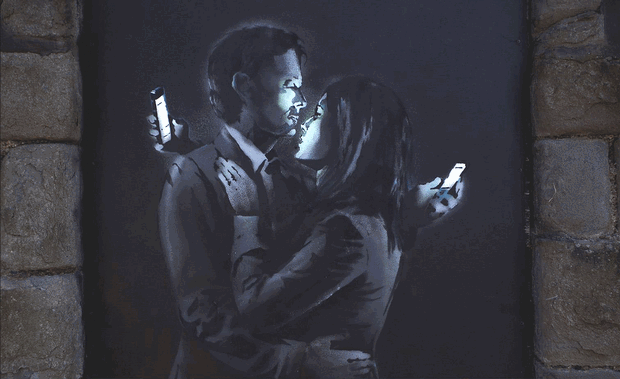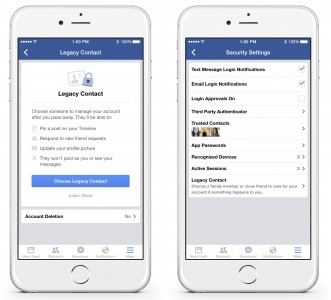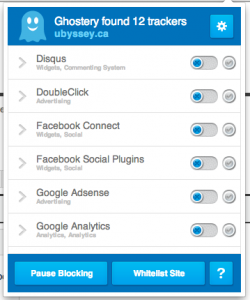Valentine’s day is upon us, and romance is in the air – or at least, flashing across your smartphone screen. Digital technologies have infiltrated just about every aspect of our lives – including matters of the heart. Apps like Tinder have drastically transformed the ways that we connect, form social bonds, and fall in love. In honor of Valentine’s Day, Digital Tattoo is delving into the impact of these disruptive technologies.
What is Tinder? Tinder is an immensely popular online dating app, which allows individuals to quickly browse through hundreds of photos of singles within a given geographical radius. The app connects to your Facebook data, and allows you to choose a few photos that constitute your own profile. You then browse through photos, swiping left to reject someone, and right to approve them. If two individuals approve each other, a conversation window is opened for them to start chatting.
Unlike more traditional dating sites such as eHarmony and Match.com, users are not required to spend time setting up an extensive profile. Tinder does not promise to apply a magical algorithm to find your true love – swipes are based entirely on a few photos, and very minimal personal information.
According to the company, the app processes a whopping one billion swipes per day, matching up to 12 million people. There are an estimated one million Tinder users in New York City alone.
While Tinder may be the most widely successful mobile-based dating app, it has inspired a number of others that allow you to filter your searches by gender, religion, and more. Apps like Grindr and Dattch are dedicated specifically to the LGBT community. Hinge matches only friends of friends, based on data curated from Facebook. The controversial new app the League describes itself as “exclusive dating for the 1%,” for would-be power couples. There are even apps designed for people seeking platonic relationships, such as Cuddlr.
With so many people turning to online dating to find love, the stigma around meeting a romantic partner online is rapidly disappearing. While the initial public perception around Tinder was that it was exclusively for casual hookups, its viral popularity has transformed the dynamic. Increasing numbers of people are now meeting their partners via Tinder and other dating apps, and forming real-life, long-term relationships.
Psychologists and sociologists alike have been questioning how this influx of digital tools will affect our society in the long run. There is no question that Tinder plays off of our desire for instant gratification, in much the same way that Facebook notifications do. But has this need for a quick-fix devalued romance, and turned dating into a virtual reality-like video game?
Tinder doesn’t seem to think so. In an interview with the New York Times, company spokesperson Rosette Pambakian said: “Tinder actually makes you more social — it replicates the real world.”
“When you walk into a coffee shop, you don’t have a sign on your head that says, ‘I’m looking for a nonsmoking, vegetarian Jewish man for a serious relationship.’ You don’t let a profile do the work. It’s the same with the app. You meet someone online and then find out through conversation if you’re compatible.”

Graffiti artist Banksy’s take on dating in the digital age.
Big data and dating
What are the implications of dating in the era of big data? Authorizing a dating app like Tinder to access your Facebook data inevitably implies that your information is being collected, studied, and potentially sold by a third party. While Tinder has not released any major findings from their data collection, others have, with interesting results.
For example, data from Loveflutter, a spinoff of Tinder, suggests that users based in Brooklyn corresponded the longest with each other online before meeting in real life, while those on Staten Island were keenest to meet in person. Engineers at Hinge said women in the West Village and men in Chelsea were more likely to receive right swipes, while women on Staten Island and men in the Bronx were the most outgoing, and initiated the greatest number of chats.
Beyond these superficial findings, social scientists suggest that apps like Tinder are incredibly effective at identifying a local population of potential mates and helping people contact one another. The downfall, however, is that apps are not so good at either predicting or inspiring chemistry. Other experts worry that the infinite potential of romantic possibilities made readily available via these apps are likely to erode a person’s dedication to one single partner, based on the basic human psychology principal that you are less likely to feel committed to current options knowing that you have many alternatives.
Buzzfeed conducted a study that asked individuals to explain why they chose to swipe right or left on certain pictures, the results of which were both fascinating and surprisingly simple. Their conclusion, dubbed the “shameful secret of attraction,” is that it remains largely based on race and class – people were far more likely to swipe right to people who they felt were of a similar socio-economic level as them.
The downside of sharing your personal information with online dating platforms is that you may become the unknowing participant of a large-scale social experiment. Dating site OKCupid faced major backlash in the summer of 2014 when it revealed that it had experimented on its users by intentionally connecting them with incompatible profiles. People were similarly outraged with the advent of online dating assistants, who promise to ghostwrite your Tinder profile and messages in order to increase your probability of success with potential partners. Many users felt that these moves are both deceitful and manipulative, and questioned how genuine online encounters can be knowing that a massive company may be pulling the strings of your love life.
Existential questions aside, whether you’re looking for a casual relationship, long-term love, or just trying to quash some weeknight boredom, online dating apps have provided an entirely new platform through which to connect with the people around us. As digital technologies increasingly infiltrate our personal and professional lives, platforms like Tinder are likely to continue disrupting traditional notions of how we experience romance.
Have you had an experience with online dating apps? Let us know in the comments! For more resources on online dating, check out: https://dt2019.sites.olt.ubc.ca/connect/online-dating/








 It is no longer a secret that an overwhelming number of online companies now use
It is no longer a secret that an overwhelming number of online companies now use 

